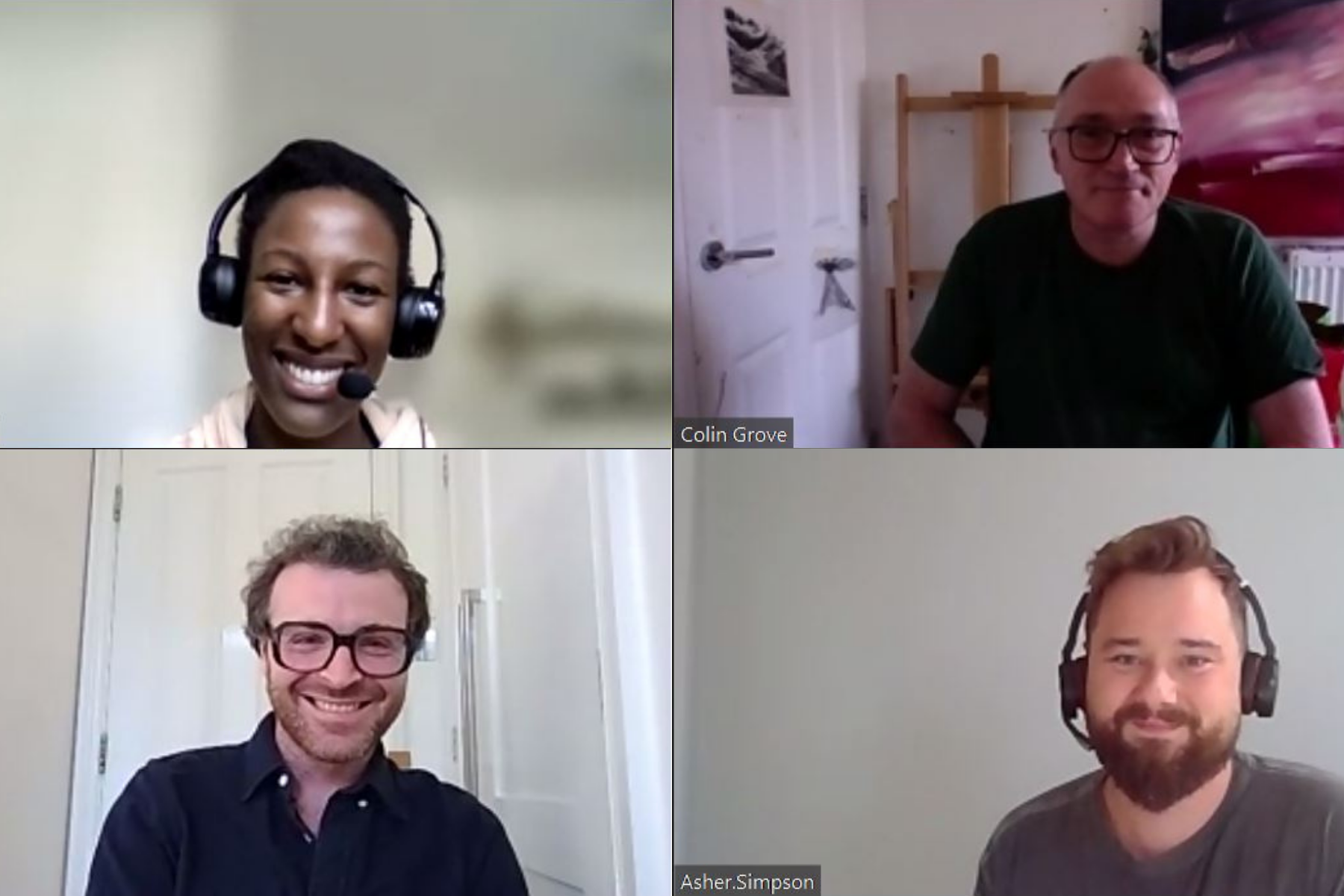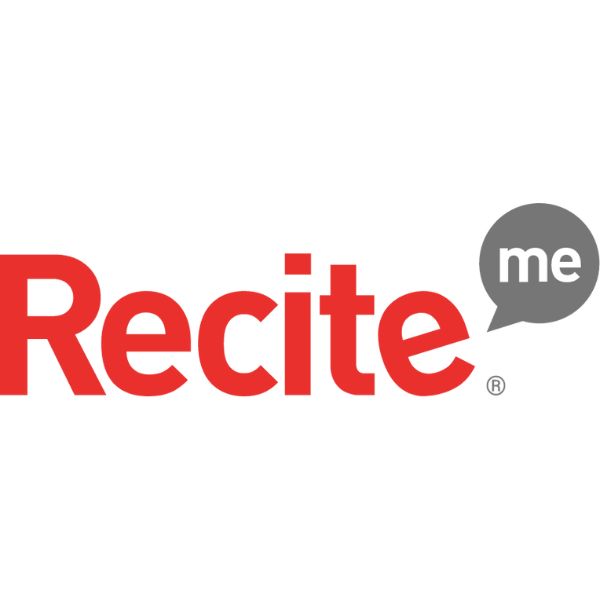Insights
INSIGHTS
All Topics
My Account
What is a customer data platform?
30 Sep 2022by Paul Rubens
We take a close look at customer data platform: what are they, what benefits do they offer, and does your charity need one?
Most charities have heard of customer (or constituent) relationship management (CRM) software, and many are using it to interact with their donors, suppliers and service users more effectively.
But there’s a related – yet different – type of software known as a customer data platform (CDP) which has appeared over the last five years, and it’s one that charities of all sizes should consider adopting.
CDP is small beer at the moment – the whole market for CDP is worth about $1.5 billion today compared to over $55 billion for the CRM market. But it is growing rapidly, which is a strong hint that it is something worth knowing about.
What are CDPs?
Like a CRM, a CDP is a database which holds information about your constituents. But whereas a CRM stores information about interactions between constituents and your charity’s staff, a CDP stores all kinds of information about your constituents and their interactions with your charity’s services, and your fundraising initiatives, and your website, and with any of your charity’s other activities whatever they may be.
What are CDPs for?
A CDP has a very different purpose and different capabilities to a CRM system. Put very simply, a CDP helps your charity to understand your constituents and how they respond to your charity’s many different activities, while a CRM helps your charity manage its personal interactions (often by mail, email, or phone) with your constituents.
The ultimate purpose of a CDP is to help your charity to manage and understand all your constituent data. This should enable you to make high-level decisions about how your charity should be run and the activities – fundraising, service provision, and so on – that it should undertake.
To do this it needs more than information about interactions between your charity and its constituents. It needs as much data as possible from anywhere constituents interact with you charity – everywhere from your website, to your online and physical stores, to donation points, to service provision locations.
What can customer data platforms do?
Here’s an example of how a CDP could help your charity. Imagine that you decide to hold two fundraising events – a 10k run and a 50k cycle ride. Your CRM may record whether an individual was invited to sign-up for either or both the events and whether they accepted the invitations.
But a CDP could help you understand which event was most popular with your constituents, which one raised the most funds, which communication methods were the most and least successful, and which individuals were the most significant donors.
Using this information you could make decisions about what fundraising events to run in the future, who you should target with marketing messages about the event, how you should best target them, and you could even make projections about how much you might expect to raise.
How do CDPs work?
CRM systems are often used by charity staff during their day to day interactions with constituents, and entries into the system are often added by hand – notes about a telephone conversation or a face to face meeting, for example. Some information may be added automatically, but in general a CRM is a manual system.
By contrast, CDPs are designed so that information about constituents is entered into the system automatically. As you might imagine, this makes them more complicated to install. For example, if the CDP records interactions that a customer has with your charity website then a small piece of computer code needs to be written or configured to that the CDP can “talk” to the web server.
Do you need a CRM or a CDP – or both?
While it’s important to understand that CRM and CDP systems are different things which have different goals, it’s also important to understand that there is also a certain amount of overlap between the two.
Some charities that already use a CRM may find that it has limitations and that they would like to be able to do more with the customer data that they have at their disposal. That’s a sign that they may benefit from a CDP system as well.
And some charities may be more interested in understanding constituents and their behaviour – in order to be able to make better decisions about how the charity should be run – rather than in improving individual personal interactions with constituents. That’s a sign that a CDP may be more appropriate than a CRM.
Distinction is blurring
The good news for charities that may have only just started to think about CDP systems is that the distinction between CRM and CDP is diminishing, and the overlap in functionality is increasing. That’s partly because many CRM companies can see the benefits of CDP and are therefore making their products more CDP-like.
“As CRM companies recognize that they need to update their aging databases to meet the needs of modern business functions, including marketing, augmenting your CRM with a CDP may be unnecessary,” says Lizzy Foo Kune, an analyst at research company Gartner. The company predicts that up to 70% of independent CDP companies will be acquired by much larger marketing technology vendors, such as CRM suppliers, by 2023.
The upshot of all this is quite straightforward. Your charity may benefit from a CRM to help manage your constituents. If you are interest in using data about customers to help inform your strategic decision making then you may benefit from a CDP. And if you already have a CRM then you may wish to watch and wait: the chances are that the CDP functionality you need will be added to your existing CRM system in the very near future.
More on this topic
Recommended Products
Featured Products
Our Events
Charity Digital Academy
Our courses aim, in just three hours, to enhance soft skills and hard skills, boost your knowledge of finance and artificial intelligence, and supercharge your digital capabilities. Check out some of the incredible options by clicking here.




















